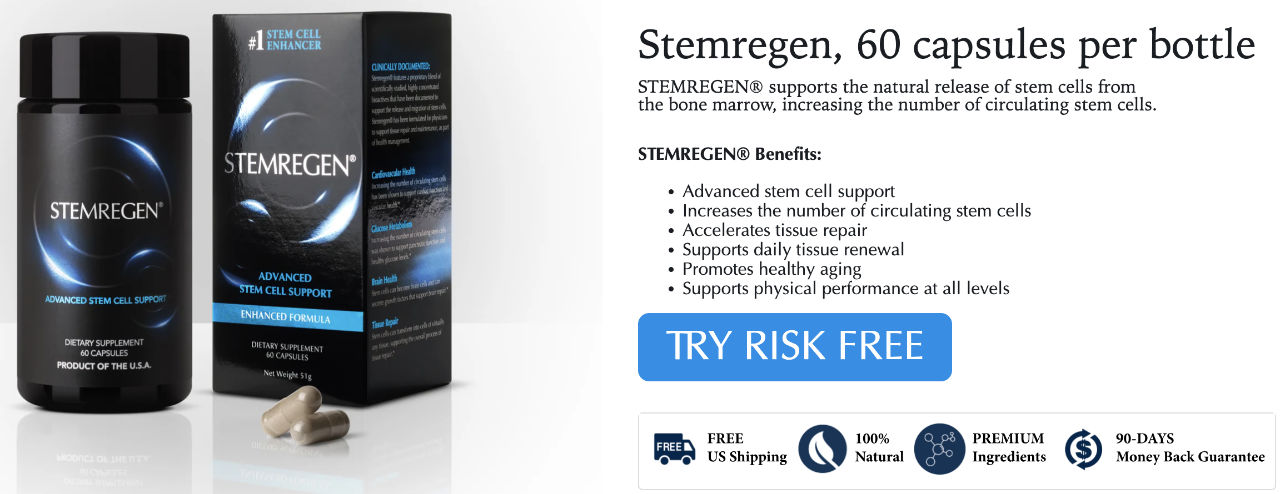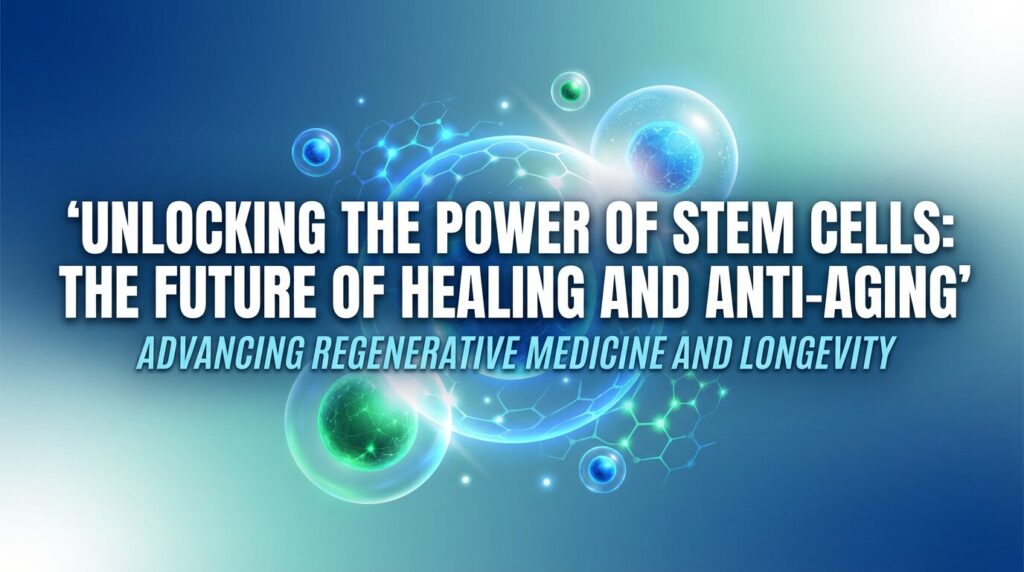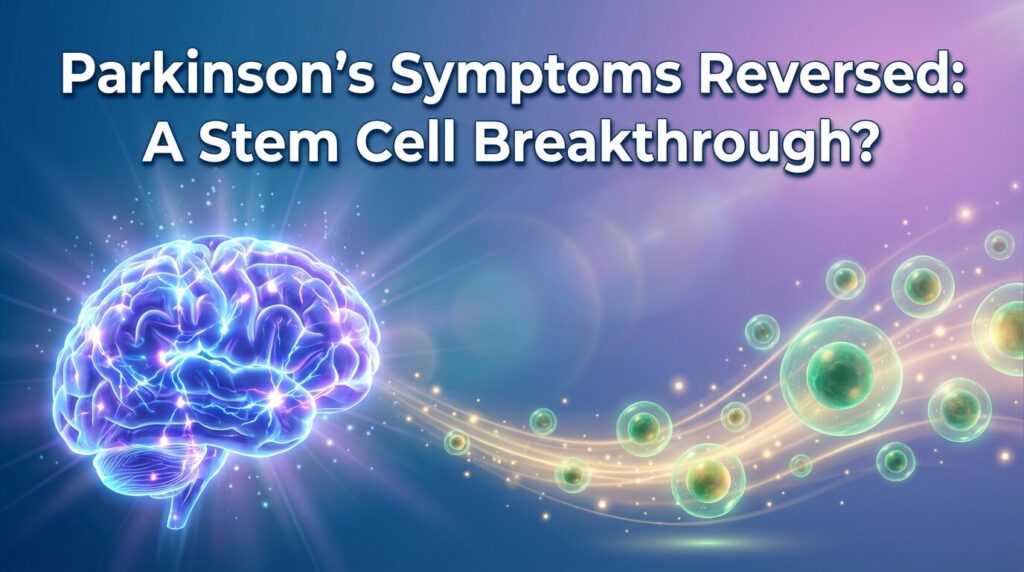Understanding Stem Cell Therapy for Autism: Insights from Dr. Miriam Zerio
Dr. Miriam Zerio, a family nurse practitioner at the Innate Healthcare Institute, recently hosted a live Q&A session delving into the nuances of stem cell therapy for autism.
Her comprehensive explanations offered clarity on the practical, medical, and emotional aspects of this treatment, providing valuable insights for both prospective and current patients.
The Structure of Treatment
Stem cell therapy at Innate Healthcare involves a multi-faceted approach.
Each visit includes 300 million stem cells, with a full treatment plan recommending up to 1.2 billion stem cells spread over multiple sessions.
Treatments are tailored based on the child’s weight, influencing the delivery method (e.g., intranasal, IV push, or arm injections) and duration.
Dr. Zerio emphasized that while the stem cells serve to enhance neural connections and reduce inflammation, they are only one component of a holistic treatment strategy.
This strategy includes behavioral interventions and body optimization through testing and supplements, aiming to create a supportive environment for the therapy to take full effect.
Behavioral and Environmental Integration
A critical part of achieving successful outcomes from stem cell therapy, according to Dr. Zerio, is the integration of consistent behavioral support.
Families are encouraged to engage actively with therapists and follow structured behavioral modification plans.
This not only aids in reinforcing new neural pathways fostered by stem cells but also helps children develop more effective communication methods, particularly important for those exhibiting aggressive or self-harming behaviors.
Financing and Accessibility
Acknowledging the financial considerations of stem cell therapy, Dr. Zerio discussed available third-party financing options.
These make the therapy more accessible by allowing families to pay in installments, although the cost does not cover lodging and related expenses.
She mentioned that the clinic provides support in finding affordable accommodation, such as nearby Airbnbs or family-friendly options like the Great Wolf Lodge.
Realistic Expectations and Continuous Support
Dr. Zerio was candid about the expectations from stem cell therapy.
She noted that while most families see improvements in areas like attention, eye contact, sleep, and gastrointestinal health, the therapy is not a cure-all.
The benefits are significantly enhanced by the family’s commitment to supporting behavioral and environmental changes.
She also addressed a common concern regarding potential behavioral regression post-treatment, explaining that any such occurrences are typically due to increased awareness in children, which can initially lead to frustration if they lack adequate communication skills.
Extending the Reach Beyond Autism
Interestingly, the session also touched on the application of this therapy for conditions like cerebral palsy.
Dr. Zerio confirmed that the same dosing and procedural principles apply, with similar goals of reducing inflammation and improving quality of life.
Outcomes may vary, but early signs such as increased alertness and environmental engagement are promising.
Encouragement and Community Support
Dr. Zerio highlighted the importance of community and peer support through their Facebook group, “Innate Autism Stem Cell Families,” where new and prospective families can share experiences and gain insights.
She encourages families to book consultations for personalized guidance, supported by comprehensive FAQs and a preparatory information packet.
This session by Dr. Zerio is not only a resource on the technicalities of stem cell therapy but also a testament to the compassionate, patient-centered approach at Innate Healthcare Institute.
It underscores the importance of a supportive community and a well-rounded treatment strategy in managing autism through innovative medical therapies.
Watch full recording of live session here:



